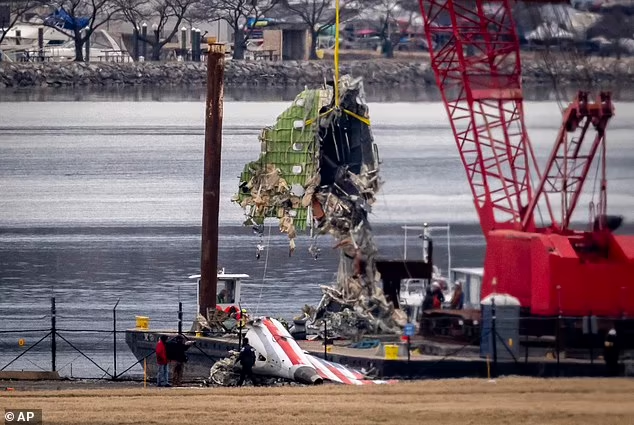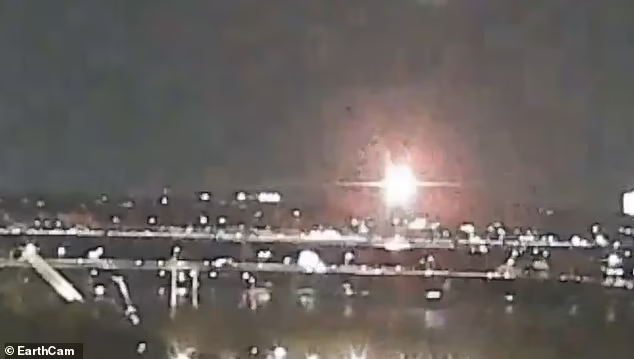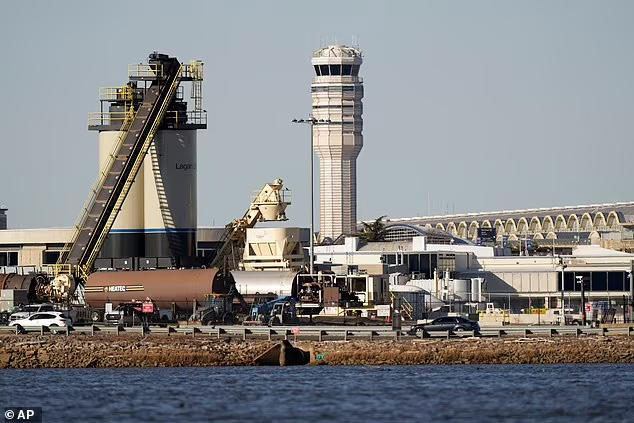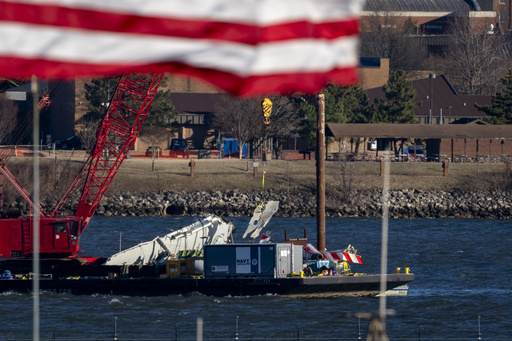The Federal Aviation Administration (FAA) is set to reduce the number of arrivals at Washington Reagan National Airport in response to the tragic midair collision between a Black Hawk helicopter and an American Airlines jet, which claimed the lives of 67 people.
In an internal email seen by Reuters, the FAA informed airlines late Wednesday that the maximum number of arrivals per hour will be reduced from 28 to 26. Officials say this decision aims to mitigate future risks but acknowledged that it will likely increase average delays from 40 minutes to 50 minutes.
FAA acknowledges safety concerns and stress on personnel

The email also addressed concerns from investigators at the FAA and the National Transportation Safety Board (NTSB), who expressed worry about the heightened stress levels among air traffic controllers following the deadly crash.
“Our tower personnel on duty have an increased level of stress while also having a front-row view of the accident recovery,” the email stated. It further explained that decreasing arrival rates will “reduce risk and allow a little space for extra coordination.”
President Donald Trump, who appointed Chris Rocheleau as acting head of the FAA the morning after the disaster, signed a memorandum on January 30 ordering an immediate assessment of aviation safety protocols.
Decades of warnings about Reagan Airport’s dangerous airspace
Reagan National Airport has long been known for its overcrowded airspace, where the crossover between jets and helicopters poses significant risks. Aviation experts have warned for decades about the dangers of midair collisions, with some calling last week’s crash a “disaster waiting to happen.”
FAA data has revealed over 30 reports of near-midair collisions over the airport since 1987, with at least 10 incidents involving military aircraft. Seven of those cases mirrored the circumstances of the recent crash, with military helicopters operating at dangerous altitudes near commercial jets.
Just a day before the deadly collision, another passenger jet was forced to abort its landing due to the presence of a military helicopter in the airspace.
Retired U.S. Army National Guard pilot Darrell Feller recalled a near-identical situation from a decade ago, when he was flying near Reagan Airport and was forced to descend to just 50 feet above the Potomac River to avoid an unseen incoming jet.
“I lost him in the city lights… it did scare me,” Feller told ABC News, suggesting similar conditions may have played a role in last week’s catastrophe.
Crash investigation confirms helicopter was flying too high

New findings from the NTSB confirm that the Black Hawk helicopter involved in the crash was flying 100 feet above its permitted altitude.
The aircraft, piloted by 28-year-old Captain Rebecca M. Lobach on a routine training exercise, was flying at 300 feet—while the maximum altitude permitted for helicopters in the area is 200 feet.
Radar data, which rounds to the nearest 100 feet, shows that the helicopter was flying somewhere between 251 and 349 feet when it struck the descending American Airlines jet, which had been cleared to land at 325 feet.
The pilots of the passenger plane made a last-second effort to pull up to avoid the collision, but it was too late.
Trump blames DEI for the crash, vows reforms
Following the tragic incident, President Trump strongly criticized diversity, equity, and inclusion (DEI) hiring practices in federal agencies, claiming they contributed to the “tragedy of terrible proportions.”
Speaking at the White House last week, Trump argued that aviation safety must take precedence over politics.
“The people flying that Black Hawk should have seen where they were going,” Trump said, adding that he has “pretty good ideas” about how to prevent such accidents in the future.
The president also took aim at past administrations, accusing Presidents Barack Obama and Joe Biden of prioritizing political agendas over safety. He called former Transportation Secretary Pete Buttigieg a “disaster” and pledged immediate reforms to prevent similar tragedies.
Changes ahead, but more scrutiny to come

While the FAA’s decision to limit arrivals at Reagan Airport is seen as a necessary step, aviation experts warn that further scrutiny is needed.
“The system is stretched to its limits,” said Ross Aimer, a retired United Airlines captain and chief executive officer of Aero Consulting Experts. “We have been warning about this for years, and now the consequences have arrived.”
As the NTSB and FAA continue their investigations, industry leaders are calling for broader reforms in air traffic management and pilot training. Meanwhile, families of the victims continue to demand answers, hoping that lessons from this tragedy will prevent another disaster.




